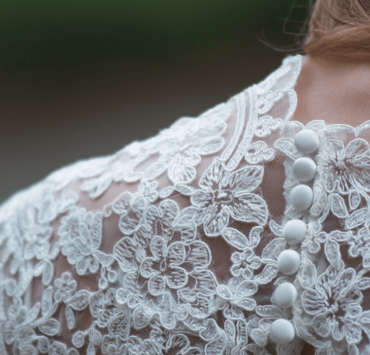While wedding trends come and go, there are plenty of Filipino wedding traditions that are still being practiced even today. Practicing these traditions are a great way to stay true to your roots and to honor the deeper meaning behind these customs and practices. So, if you want to make your upcoming wedding follow the traditional practices, here’s what you need to prepare in your entire wedding timeline.
Pamanhikan
Family and respect for elders play a huge role in Filipino culture. Which is why before planning for a traditional Filipino wedding can begin, you need the green light in the form of the bride’s parents’ approval. This is commonly known in the Philippines as pamanhikan, but it’s also known as pamamanhikan, pamayi, hatud, or sayud, depending on the region and dialect used.
During this tradition, the man goes to the home of the woman’s parents to ask for her hand and their consent for him to marry her. Only when the parents give their consent can the man propose marriage to the woman. The man is often accompanied by his own parents and his extended family. During this celebration, the bride’s and groom’s families meet and greet one another. This is also where both families discuss the first wedding plans, the budget, the guest list, and more.
Aside from Filipinos’ family-oriented culture, this practice can be traced to pre-colonial practices. Marriages were also seen as the alliance between the two clans of the bride and groom, hence the reason why a traditional pamanhikan involves the bride and groom’s extended family.
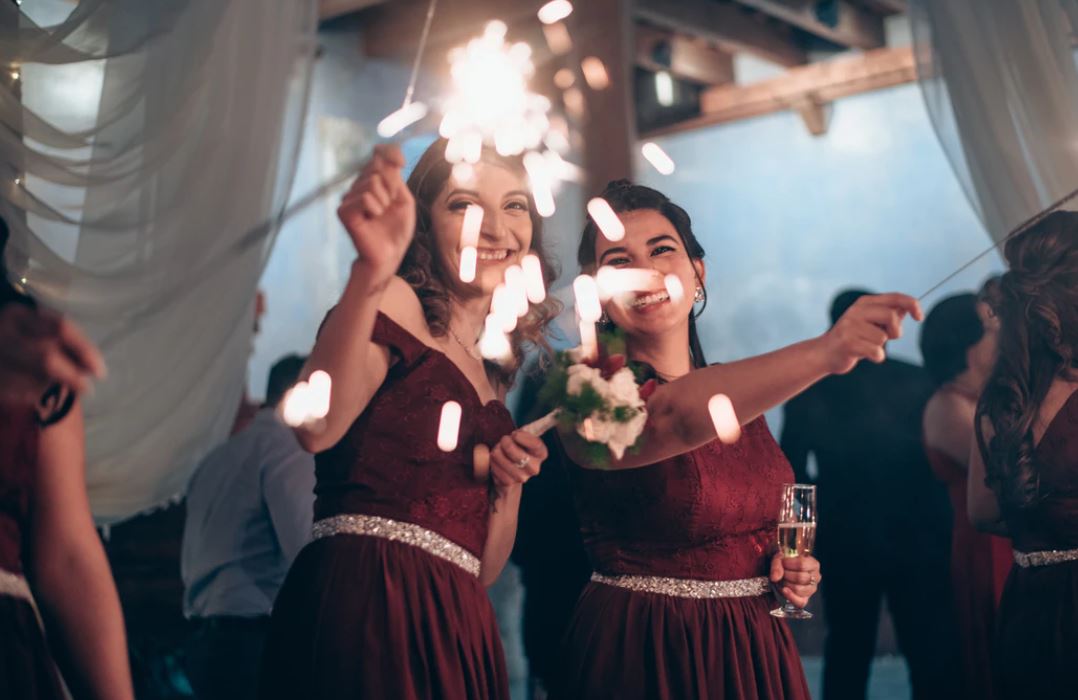
Despedida de Soltera
A despedida de soltera is a dinner traditionally hosted by the bride’s family that takes place one to three weeks before the wedding. Not everyone invited to the wedding is required to be invited to the despedida de soltera, but traditionally the guest list consists of the bride and groom’s closest family members. This is a send-off dinner celebrating a woman saying goodbye to singlehood as she becomes a married woman.
This is different from the western culture’s bachelorette party or bridal shower and rehearsal dinner. In a bachelorette party, only the bride’s inner circle of female friends are invited. Female family members are allowed, but it may be inappropriate or awkward to invite the bride’s mother or non-adult relatives. A rehearsal dinner, on the other hand, is a dinner for both sides of the family to meet or to thank the bridal entourage for their help in planning the wedding.
The despedida de soltera is a wholesome, more formal dinner. If you’re already engaged and didn’t get to host your own pamanhikan, a despedida de soltera is a good place for the bride and groom’s families to meet. This dinner symbolizes the bride leaving her singlehood behind. It also symbolizes the unity of their nuptials as both sides of the family are present to support the marriage.
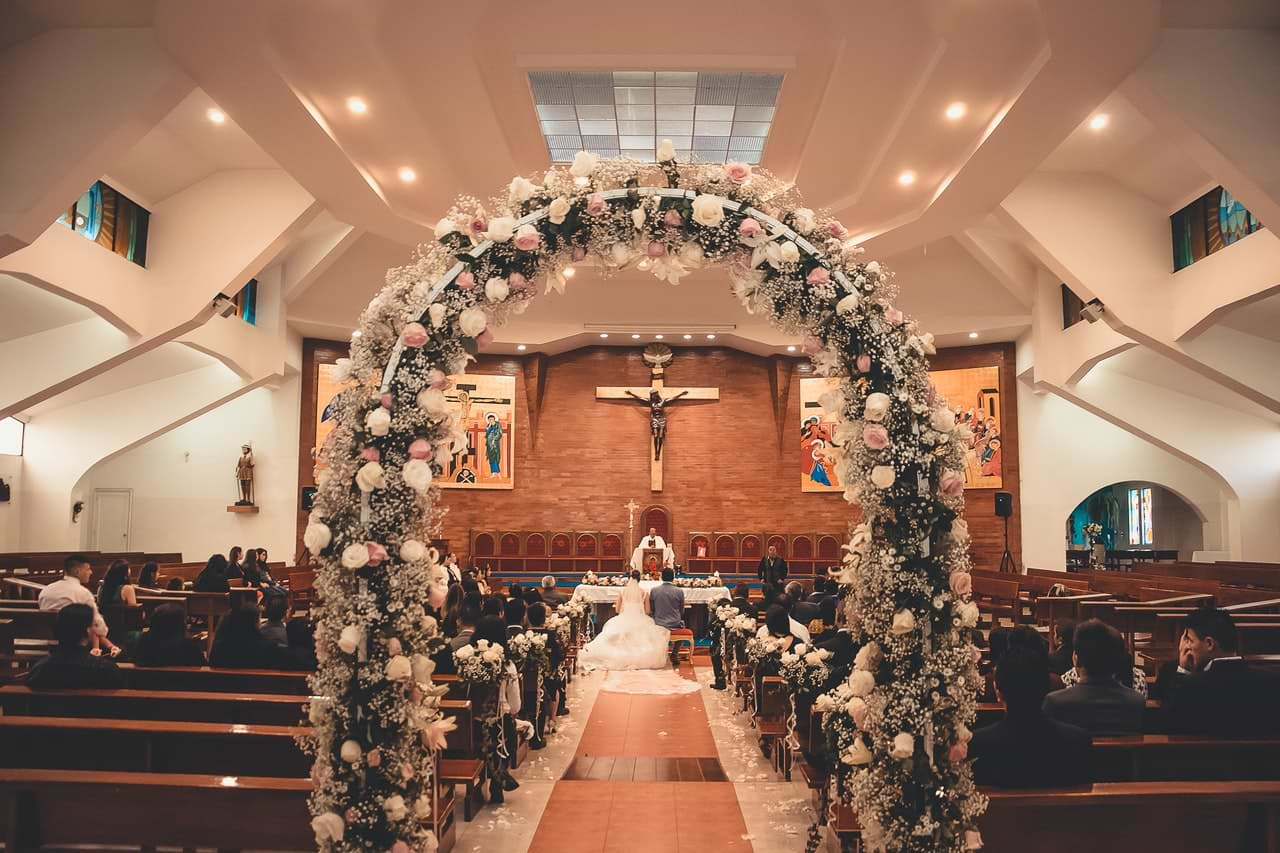
Catholic Church Wedding
While simple civil weddings in courthouses and city halls are an option for a legal wedding in the Philippines, weddings are traditionally held in a church. After all, the Philippines is a dominantly Catholic country, so a traditional Catholic Church wedding is a popular choice
Compared to civil weddings, Catholic Church weddings have additional requirements for your wedding to be valid. These include:
- Baptismal and Confirmation Certificate
- Canonical Interview with parish priest of the church you’ll be married in
- Pre-Cana Seminar certificate of attendance
- Certificate of Freedom to Marry
- Marriage Banns
- List of names of principal and secondary sponsors
- Sacrament of confession
- (for widows/widowers re-marrying) The death certificate of your previous spouse
- (for those marrying foreigners who are legally divorced in their country of origin) Clearance from the Chancery Office in Manila. Bring legal papers proving the divorce was finalized
- (for those whose previous marriage was annulled) Clearance from the Chancery Office. Bring a Certified True Copy of the Final Declaration of Nullity from a Matrimonial Tribunal.
- (for couples where one of them is from a different religion) Dispensation from the Archdiocesan Chancery Office as well as a certificate of membership from that partner’s religious affiliation
The church you pick to hold your wedding may also have additional requirements and fees. Some churches are popular wedding ceremony venues, though, so it’s best to book them as early as one year in advance.

Principal and Secondary Sponsors
You should have a list of primary and secondary sponsors early into your wedding planning because this list of names is traditionally printed into the wedding invitations.
Principal sponsors (a.k.a. primary sponsors or ninongs and ninangs) serve as the witnesses to your marriage. Traditionally and legally speaking, you need at least two witnesses for a wedding to be considered valid. In a legal sense, anyone over the age of 18 can be a primary sponsor because only an adult can sign your marriage contract as witnesses. Technically, it doesn’t matter what their age, marital status, or gender is as long as your sponsors are at least two legal adults. The two principal sponsors do not have to be married to each other.
But in a more symbolic sense, your principal sponsors should ideally be someone older who has been married for a long time and has a marriage you or your partner admire. So in case you and your partner need advice, your principal sponsors can give good marital advice. You can have more than two principal sponsors, but in this new normal, churches may limit the number of people in the bridal party.
Secondary sponsors, on the other hand, play a totally symbolic role. They are the ones responsible for performing the three traditional rituals in a Filipino wedding: the veil, the candle, and the cord ceremony. Because this is more symbolic than a legal requirement, there is no age restriction as well as restrictions on sex and gender. Because there are two secondary sponsors for every ritual, traditional wedding parties have six secondary sponsors. If this is too much, it is possible for secondary sponsors to perform more than one ritual.
In total, you need at least eight sponsors
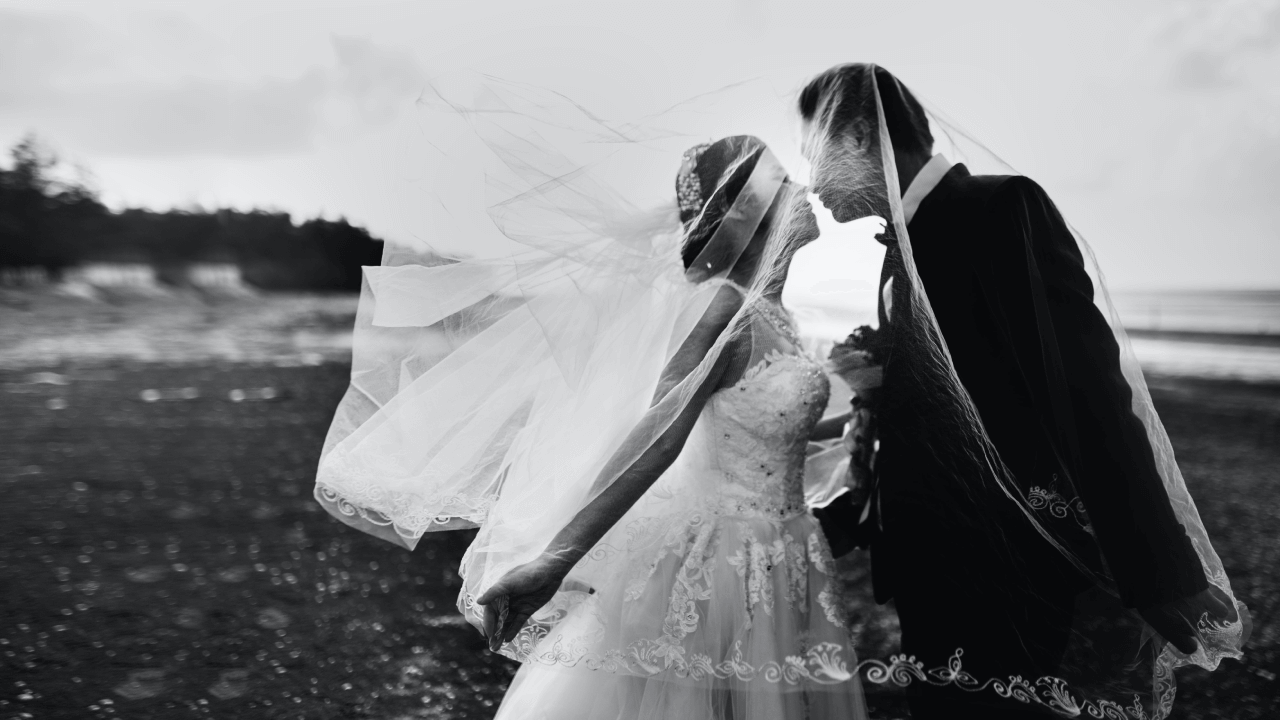
Veil Ceremony
This is a veil different from the one the bride traditionally wears when she walks down the aisle. The secondary sponsors responsible for the veil ceremony will drape a large veil over the bride’s head and the groom’s shoulder. This has two meanings: one is the traditional Filipino patriarchal belief of a man’s authority over their family with his bride at his side. A second meaning is that the veil is uniting two people into one during the ceremony.
Yugal (Cord Ceremony)
After the veil is placed, the cord sponsors will create a circle and fold the cord to create an infinity sign. These are placed around the necks of the bride and groom. This symbolizes their everlasting fidelity with one another.

Unity Candle (Candle Ceremony)
The candle sponsors light a pair of candles and stand on both sides of the couple. This symbolizes the presence of God blessing the marriage. However, there’s a more macabre superstition that states that if one of the candles goes out during the ritual, whichever one of the couple is closer to the candle will be the first one to die. These two candles are then given to the bride and groom who then go on to light a unity candle together. This symbolizes the two allowing God to be a part of their union.
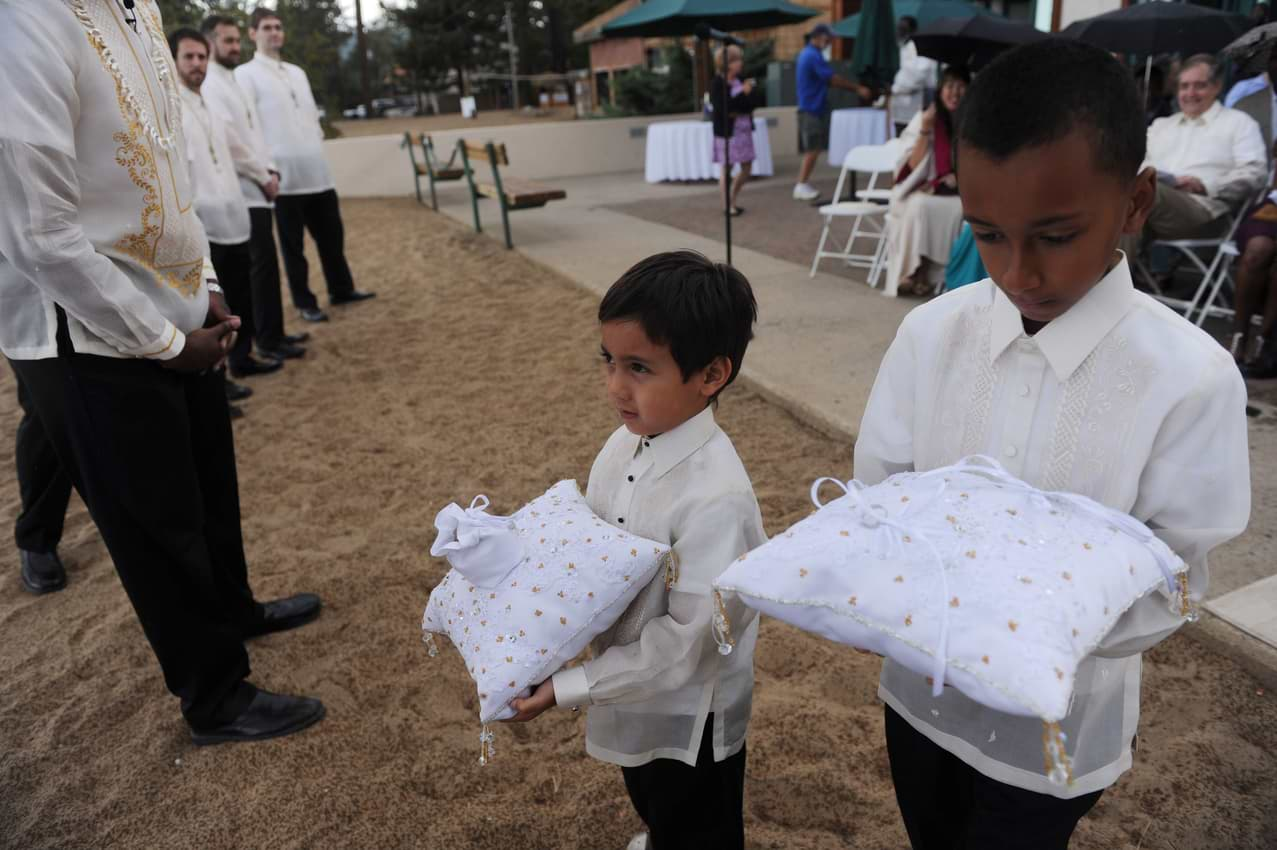
Arrhae (Coin Ceremony)
Aside from the ring bearer popular in western weddings, Filipinos also have a coin bearer to walk alongside the ring bearer. Traditionally, both the ring bearer and coin bearer are young boys. This ritual is known as the arrhae or aras.
The coin bearer carries an ornament or small bag carrying 13 gold or silver coins. The priest first blesses the arrhae along with the other ritual objects. After exchanging wedding rings, the groom presents the wedding arrhae to his bride and places it in her hands.
This has three purposes in the ceremony. First, it symbolizes the prosperity and wealth the couple will gain in their married lives. Second, it symbolizes a man’s promise to provide for his wife and their children. And third, the number of coins symbolizes one coin for every month of the year and an extra 13th coin to bring luck for the rest of their lives.
Throwing of Rice Grains
After the wedding ceremony, the new husband and wife lead the church exit. Guests will gather at the exit and shower grains of rice at the couple. This is based on superstitious beliefs that couples will be happy, fertile, and prosperous together.
If you want to have this in your wedding, make sure your church venue allows it (some don’t or charge an extra cleaning fee for those who practice this) and have someone in the bridal party (i.e. the bridesmaids and groomsmen) to distribute bags of rice to your guests.
Sabitan / Sayawan (Money Dance)
The Money Dance has two versions, depending on which Filipino sub-culture you belong to. It usually takes place towards the start of the reception after serving the guests food and before the wedding reception games.
In one version, male and female guests will line up in two separate lines. They will then wait their turn to dance with the bride or groom (men dance with the bride, women dance with the groom) for about a minute or two. While dancing, the guest will pin money onto the bride or groom’s attire. In another version, the bride and groom will dance with each other while guests will surround them and pin money to both their clothes.
This has both a symbolical and practical tradition. Symbolically, it congratulates the new couple by wishing them good fortune. Practically, it’s a traditional way of providing the new couple with financial assistance as they begin their new life together. This is why asking for cash gifts in Filipino weddings is frowned upon, since this tradition already provides the newlyweds with cash gifts.
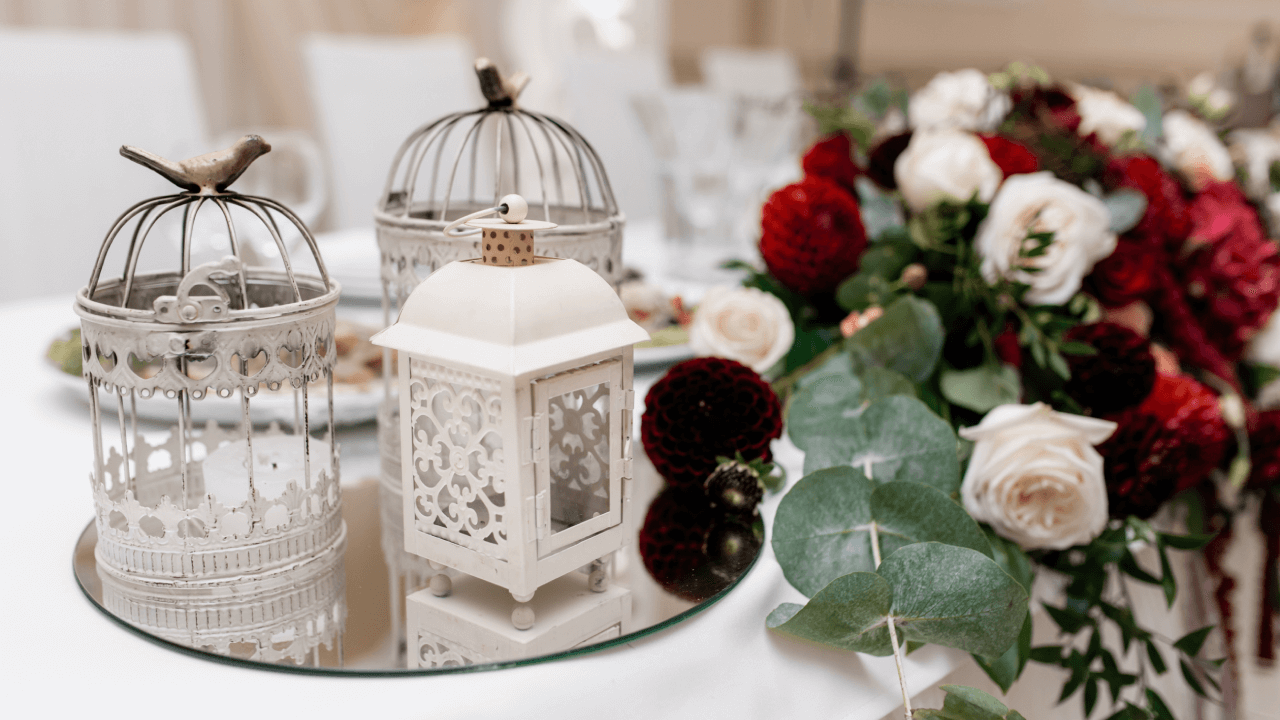
Other Wedding Traditions, Superstitions, and Practices
- A Filipino superstition known as sukob claims that siblings should not marry within the same year or in the same year an immediate family member dies. If two siblings marry in the same year, they are diving half the luck they receive. And if a family member dies and they continue that wedding within the same year, they are receiving the bad luck that came with the death.
However, this only applies to calendar years, so if your sibling gets married on December 2020, you are technically allowed to hold your wedding on January 2021. - The bride and groom must not travel far from their home before their wedding as there is a risk of an accident happening.
- It’s bad luck for a bride to wear pearls because these resemble tears and can foreshadow a sad future for the bride.
- It’s bad luck if the bride wears her wedding gown in advance except for when she’s wearing it for a fitting.
- Never put kitchen knives on your wedding registry, as it’s believed that a knife symbolizes a broken relationship and misfortune. If you really must put it on your registry or a guest happens to give you knives, give them a peso so that it’s considered a purchase rather than a gift.
- After the wedding ceremony, the bride should walk in front of the husband or step on his foot as they exit the church. This will prevent the husband from dominating her in the marriage.
- If one of your secondary sponsors, your ring bearer, or your coin bearer drops the ritual object, your marriage will be sad and miserable.
These superstitions should be taken with a grain of salt. But for the Filipino wedding traditions, these are the things you need to include in your planning, wedding ceremony, and wedding reception to host a traditional Filipino wedding that falls in with our various cultures and beliefs. Some of these practices might not be your cup of tea, though, so feel free to remove or add rituals that can help make your wedding one that you’ll never forget.

Author: Justine Lubag
Justine loves costumes, puns, horror films, and blue dresses. A literature graduate from the south, she writes online content for a living but is super shy about others reading her fan fiction.



